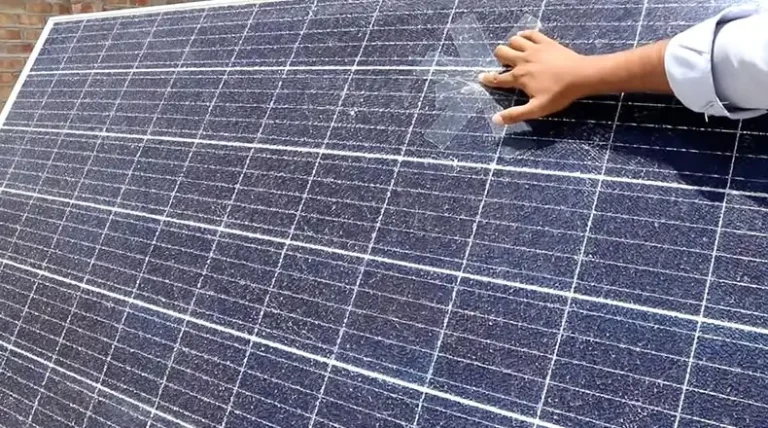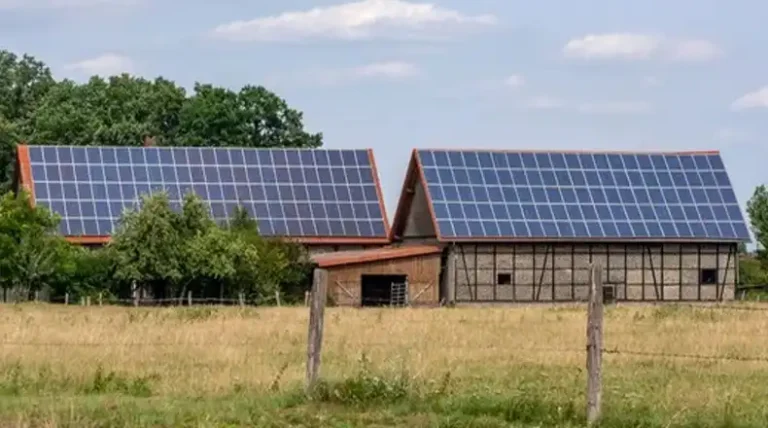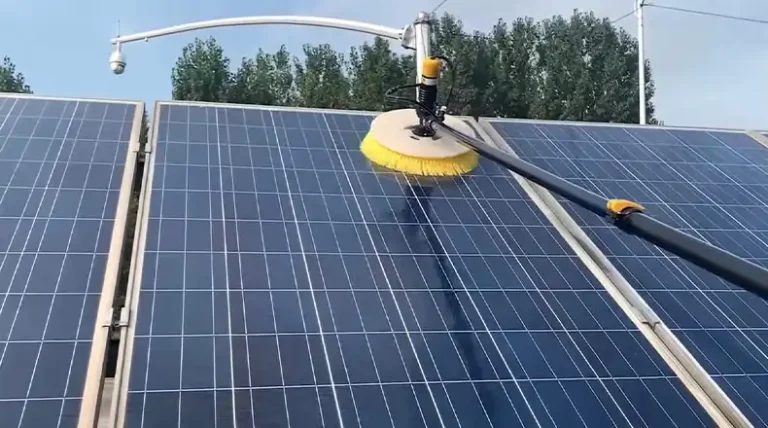How Many Solar Panels To Charge a Tesla Powerwall 2
The Tesla Powerwall 2 is a revolutionary home battery that stores solar energy and provides backup power during utility outages. This rechargeable lithium-ion battery has a capacity of 13.5 kWh – enough to power appliances and devices during a blackout. To leverage the full potential of the Powerwall, integrating it with a residential solar panel system is ideal.
Charging Powerwall 2 using solar panels that reliably balance production and stored capacity keeps your battery running at peak preparedness. The solar panels needs to charge Tesla Powerwall 2 depends on wattage rating. An effectively-sized solar array combined with the backup assurance of Powerwall 2 storage offers the home continuous uptime through sunshine, clouds and power failures alike via abundant renewable energy beneficially harnessed.
With some simple solar sizing calculations for Powerwall’s needs, your household can build an integrated clean energy solution purposely designed around maximizing self-consumption from your own solar panels charging Tesla’s innovative home battery system.
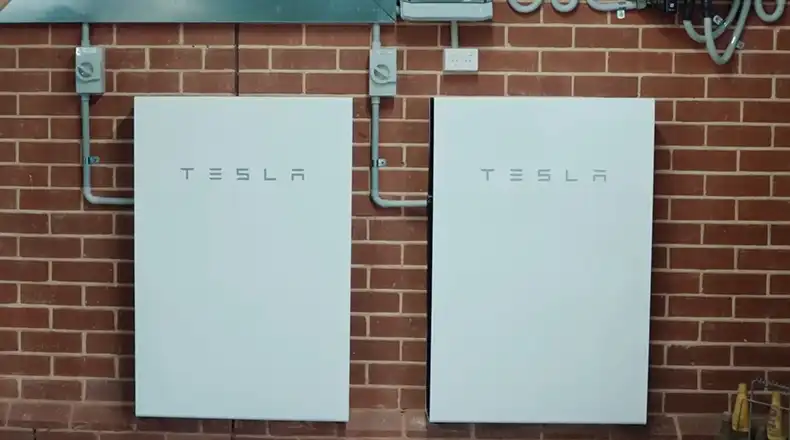
How Many Solar Panels Are Needed to Charge a Tesla Powerwall 2 Efficiently?
Installing a Tesla Powerwall home battery enables storing excess solar energy for use when the sun isn’t shining. But first ensure your photovoltaic system generates ample power to completely charge the Powerwall.
2.25×1000/400 = 5.625 kW of solar panels. Most experts recommend at least a 5kW solar array capacity as sufficient for fully powering a Powerwall with net metering to the grid. This usually equates to 17 solar panels rated 300 watts each or 20 panels outputting 250 watts per unit.
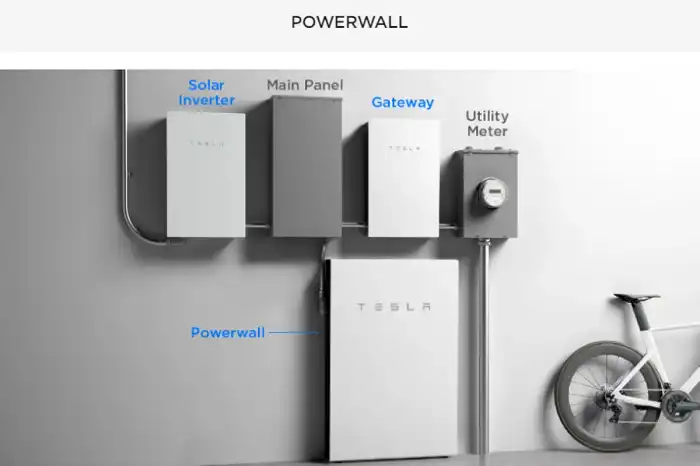
Larger solar installations can charge a Powerwall faster while smaller systems may struggle in winter or lean solar production seasons. Properly orienting and tilting panels plus avoiding shading maximizes generation.
So when considering adding Tesla Powerwall backup to leverage your renewable solar electricity, check your existing or planned solar panel specifications. Target around 5 kW capacity through questionnaires with qualified, local installers on optimal panel quantity and positioning for greatest year-round energy yield to support the battery storage system.
Is it Possible to Charge a Tesla Powerwall from the Grid Using Solar Energy?
Yes, Grid Can Charge Powerwall with Solar in Backup-Only Mode. The Tesla Powerwall home energy storage system can integrate both solar and utility grid power for charging flexibility. During a grid outage, Powerwall automatically supplies backup electricity using its stored solar reserve or battery capacity.
But Powerwall also features a Backup-only mode allowing the unit to charge from the grid connection while solar panels are active. This ensures fully topped-off Powerwall preparedness for emergency resilience without draining the rest of a home’s net metered renewable energy supply.
Under optimal nearly 7.6kW solar collection conditions with minimized household loads, Powerwall can charge in around 2 hours when grid power is flowed through to the battery. So having grid charging as a secondary option prevents needlessly allocating solar kilowatt-hours if intended for net meter credits.
This balanced solar-grid Powerwall coupling makes savvy use of both clean energy sources for maximum self-consumption and cost optimization. Wise energy orchestration keeps homes running in tough times while saving money in prosperous moments.
What are the Costs Associated with Tesla Powerwall 2 and Solar Panel Installation?
Adding a Powerwall battery system to store solar energy brings the convenience of backup power during grid outages. Tesla offers its premium home battery paired with new photovoltaic panel installs for optimized renewable energy usage.
The average price for a bundled Powerwall 2 unit with supporting solar equipment and professional site survey, permitting, and installation services comes to approximately $11,500 in total upfront cost. This all-inclusive pricing covers everything needed for robust solar power generation and battery storage capacity.
Given Powerwall’s advanced smart interface and cycling durability plus its seamless integration with Tesla’s high-efficiency solar panels and inverters, the combined $11,500 investment can deliver substantial long-term savings and reliability over 20-30 years of equilibrium with grid supply and demand.
So for those seeking energy sustainability through solar while preparing for emergency resilience, Tesla provides turnkey project pricing with everything incorporated upfront for transitioning to the sun for clean, renewable household electricity.
Advantages and Disadvantages of Tesla Powerwall 2
Here are some pros and cons given below:
Advantages
Energy Independence: The Powerwall 2 allows you to store excess energy, reducing reliance on the grid.
Backup Power: Offers seamless power during grid outages, ensuring continuous electricity supply.
Renewable Energy Storage: Enables efficient utilization of solar energy, promoting sustainability.
Compact Design: Space-efficient, wall-mounted design suitable for various installations.
Smart Energy Management: Integrated software optimizes energy usage, maximizing efficiency.
Disadvantages
Initial Cost: High upfront installation and equipment costs can be a barrier for some consumers.
Limited Output: The Powerwall 2 has a capped power output, which may not be sufficient for high-demand applications.
Installation Complexity: Requires professional installation, potentially incurring additional costs.
Dependence on Weather: Relies on sunlight for solar charging, making it less efficient during cloudy days.
Limited Lifespan: Despite a decent lifespan, the battery will eventually degrade and need replacement.
Customer Queries
How much roof space do 20 solar panels need?
20 solar panels with 60 cell designs require 200-300 square feet of flat or south-facing roof space. Panels are around 3′ x 5′ in size.
What is the output warranty for solar panels?
Most solar panels come with a 25-year output warranty, ensuring they will produce over 80% of their rated power. High-end panels often have 30-year warranties.
Can the Powerwall power my entire home?
The 13.5 kWh Powerwall 2 typically provides 8-12 hours of power for essential home appliances like lights, refrigerators and internet modems. Fully powering a home requires multiple Powerwall batteries.
Is achieving an off-grid lifestyle possible with a Tesla Powerwall 2?
Achieving an off-grid lifestyle is possible with a Tesla Powerwall 2, depending on factors such as your energy consumption, solar panel efficiency, and geographical location. Proper system design and consultation with professionals can help tailor the setup for optimal off-grid capabilities.
How long do solar panels last?
With proper maintenance, solar panels can last 25-30 years or longer. Their output slowly declines over decades before needing replacement.
Do I need a battery with solar panels?
Solar batteries like the Powerwall allow storing solar energy for nighttime use. Batteries provide backup power too. Solar works without batteries, but excess energy gets exported to the grid.
What is the Powerwall 2 warranty?
Tesla provides a 10 year warranty against defects and improper installation for the Powerwall 2 with minimum 70% capacity retention over that period.
Is it advisable to charge my Tesla battery on a nightly basis?
Charging your Tesla battery nightly is advisable for most homeowners, but it depends on your nighttime energy reliance and anticipated electricity usage. Larger households may need more frequent charging than smaller ones.
End Notes
When sizing your solar array for a Tesla Powerwall 2 system, the key is calculating your household’s daily energy usage and solar requirements while considering panel efficiency and placement. Generally 17-20 solar panels, properly oriented, offer optimal production to keep your 13.5 kWh Powerwall 2 fully charged. Regularly monitoring your system’s output and conducting maintenance safeguards adequate solar charging and maximizes the battery’s capabilities for resilience.

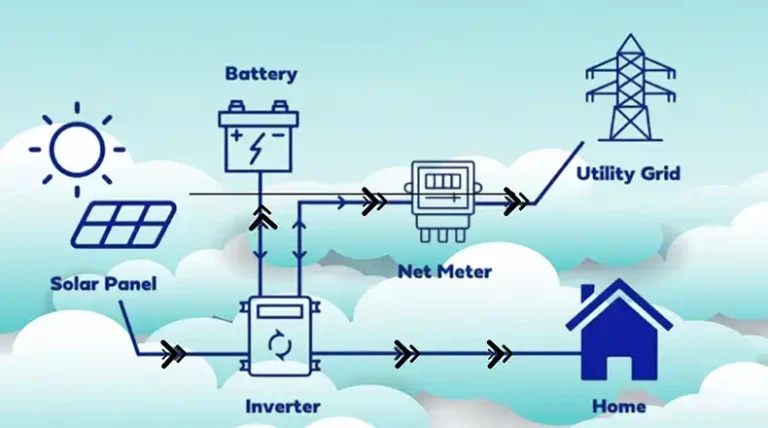
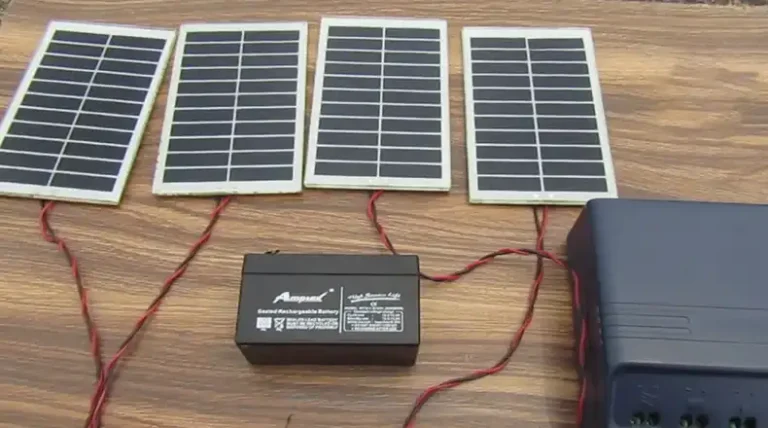
![Best Solar Companies in San Jose | [2024 Guide]](https://www.itekenergy.com/wp-content/uploads/2024/03/Best-Solar-Companies-in-San-Jose-768x428.webp)
